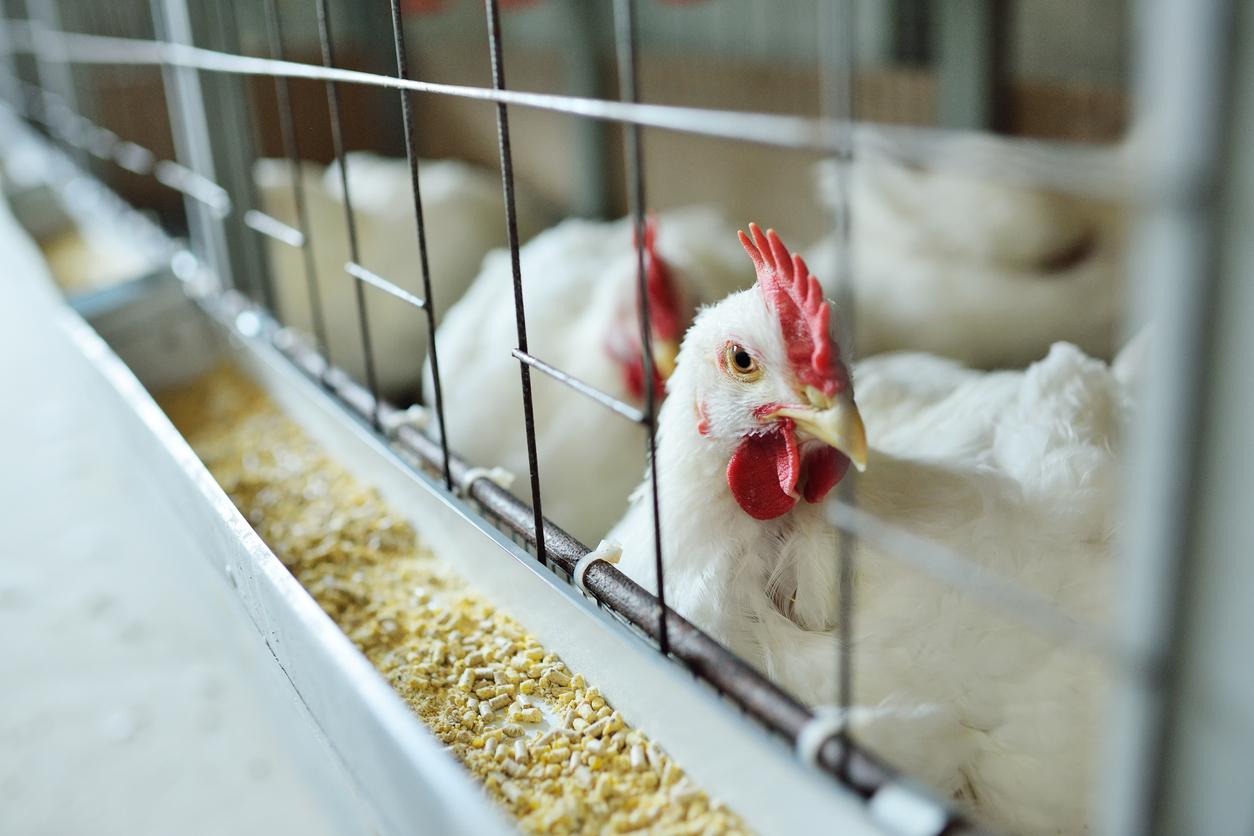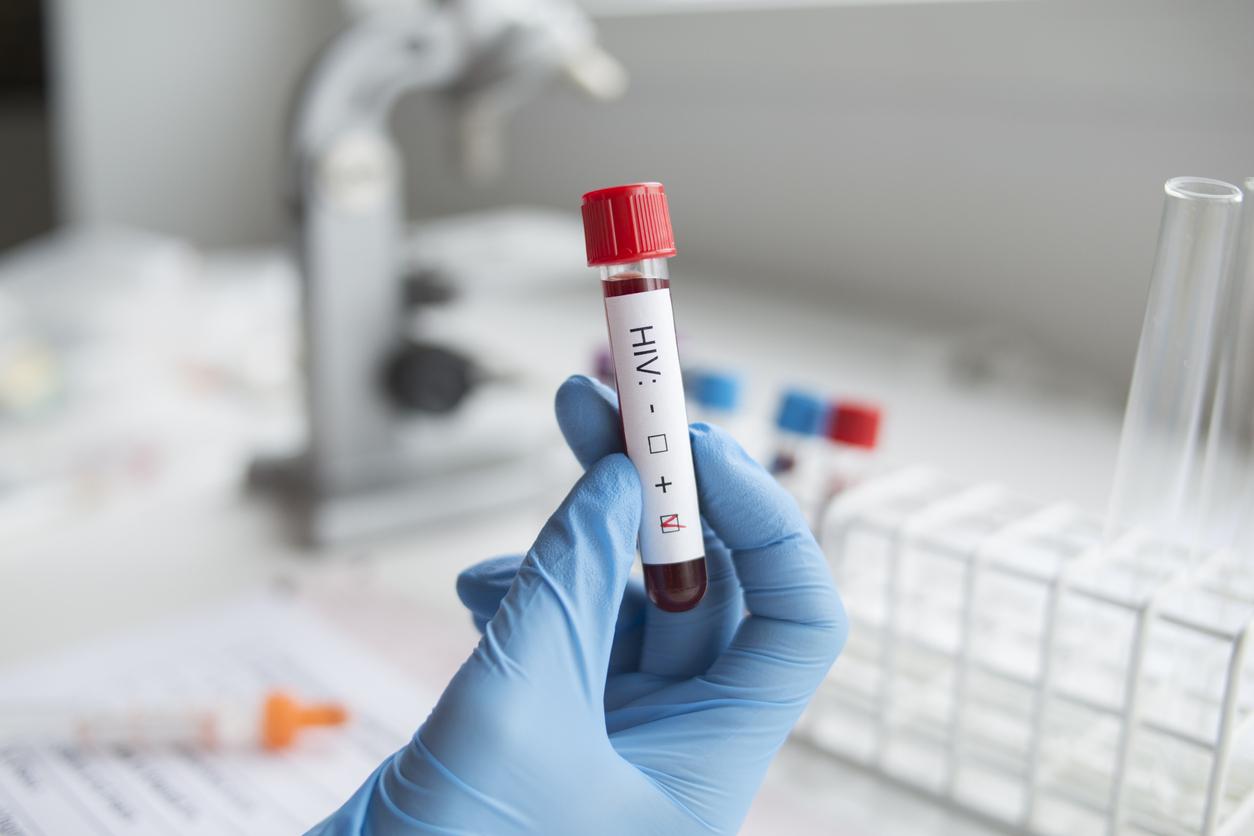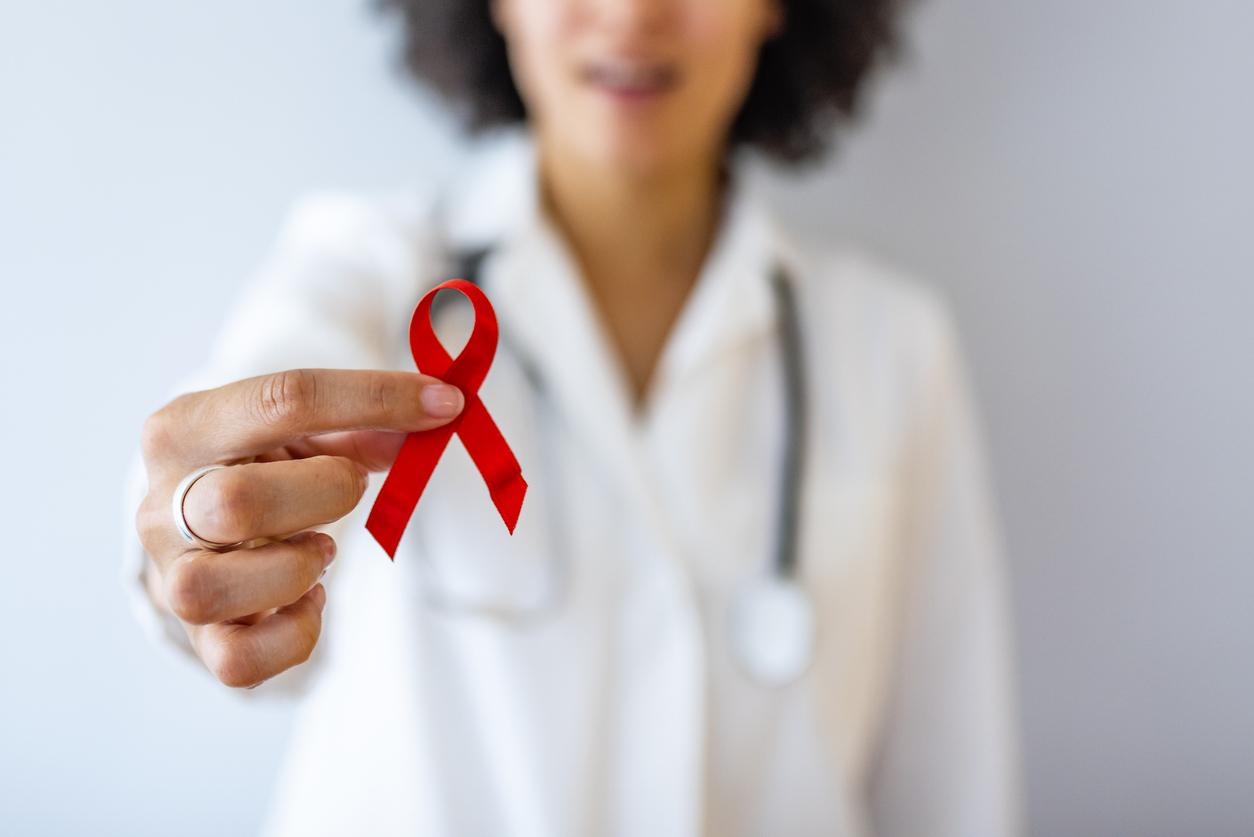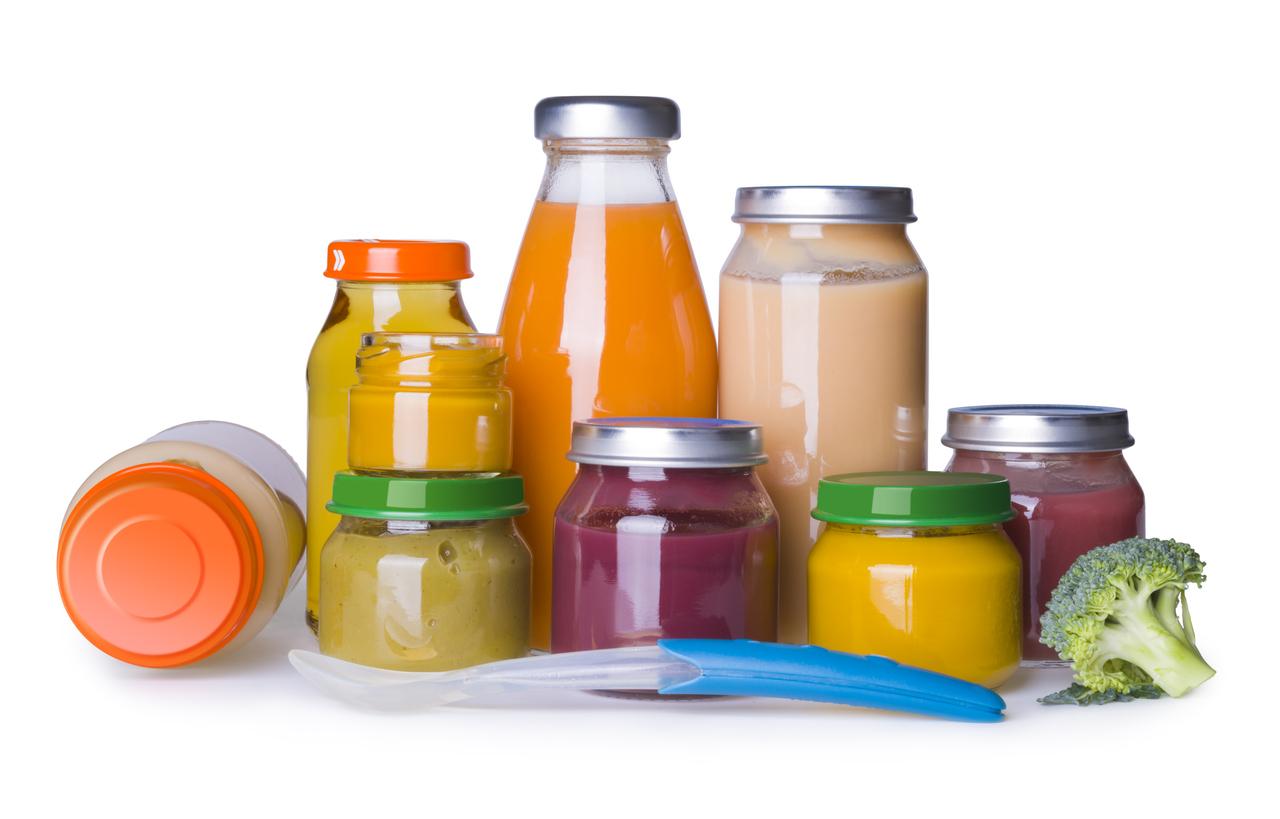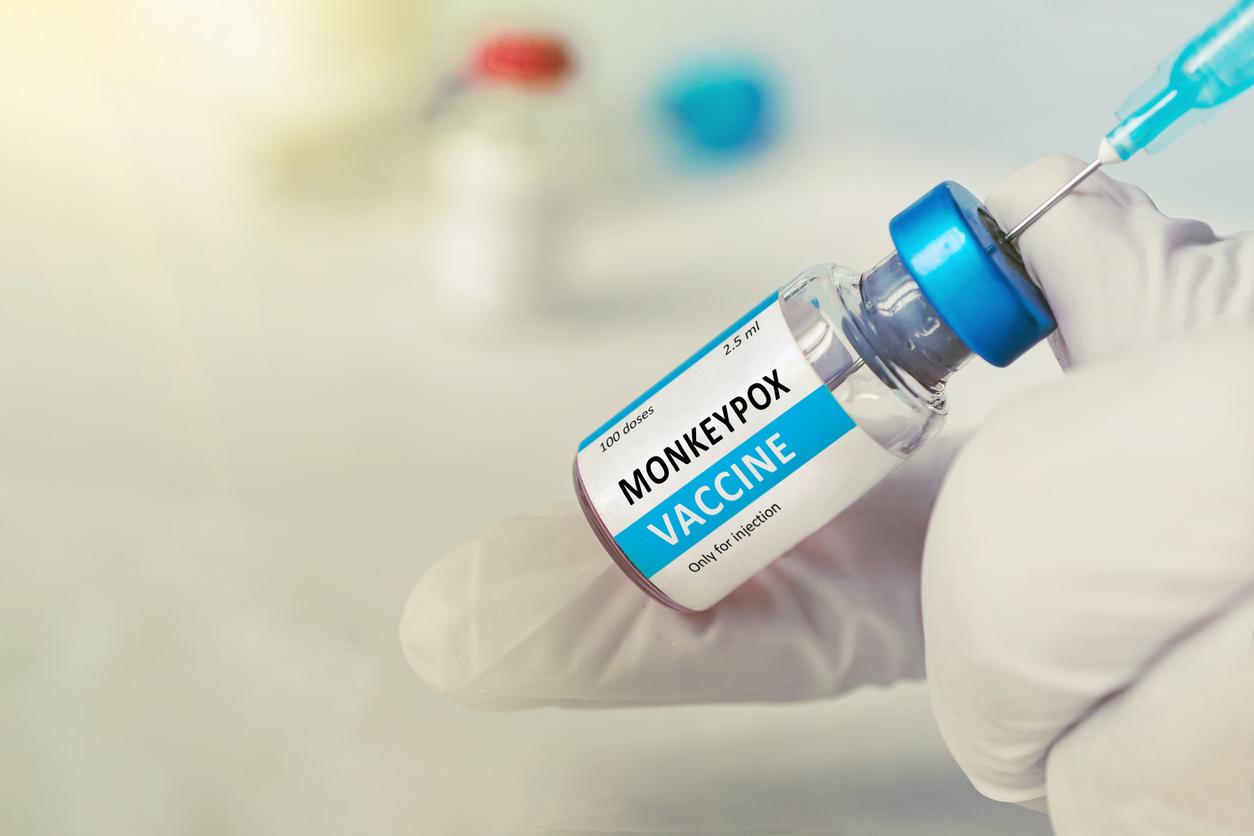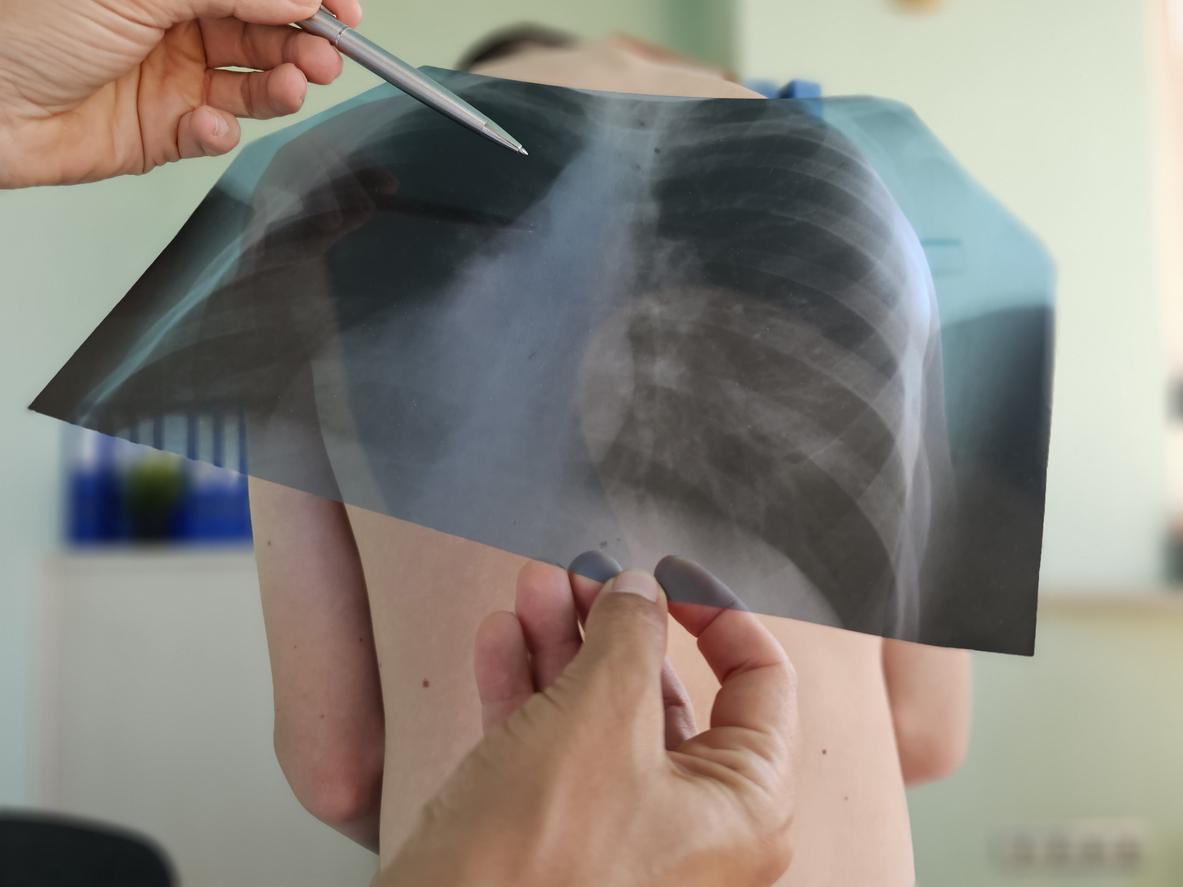Europe has just pointed out the risks of exposure to Bisphenol A arising from the use of thermal paper, in particular for receipts. Generally speaking, contamination is on the decline.

The use of thermal paper commonly used for receipts soon to be called into question? In a preliminary report made public a few days ago, the European Food Safety Authority (EFSA) points to the risks of exposure to bisphenol A (BPA) arising from the use of this paper. The Bpa is however an endocrine disruptor in the same way as phthalates and parabens. This substance is suspected of affecting the brain development of the fetus and newborns, but also to promote infertility and the appearance of cancers, in particular those of the breast and prostate.
And, this contamination is important. Thermal paper is indeed considered by Efsa as the second source of exposure, after food. It could even reach, according to these scientists, up to 15% of the total exposure in certain population groups.
These estimates can cause concern, because this high rate is more important than that mentioned during the last evaluation of the European Authority dating from 2006. At the time, Efsa spoke of a contamination rate of 10%, rate that Inserm had considered it “underestimated. “
However, there is also some good news in this report. Because even if dietary exposure to Bpa remains the main source of contamination, Efsa reports that in general “exposure to bisphenol A is lower than previously estimated”.
For example, for infants (less than 3 months old), “the dietary exposure is estimated at a level 30 times lower than that previously assessed”, and for adults “the 2013 assessment is at a level of around 11. times lower ”than in 2006.
Finally, “by way of comparison, these estimates are less than 1% of the tolerable daily intake for Bpa (0.05 milligrams / kg of body weight / day) established in 2006”, underlines the Authority.
This warning from Europe comes a few months after a study by the Food and Environment Agency (ANSES) which also confirmed the risks associated with exposure to sales receipts. According to this report, some professions were more exposed than others: this was particularly the case for people who handle thermal paper containing Bpa used for receipts, such as store cashiers. The Agency had also identified the water distributed in polycarbonate cylinders as a significant source of exposure to BPA.
The study had the merit of alerting the public authorities, the Minister of Ecology Delphine Batho had even announced that she was going to propose to the European Commission to ban this endocrine disruptor from receipts.
As of January 1, 2013, bisphenol A must have disappeared from all food containers intended for children under 3 years old. A first step before the total ban in 2015. Receipts could well be the next on this list …
.








